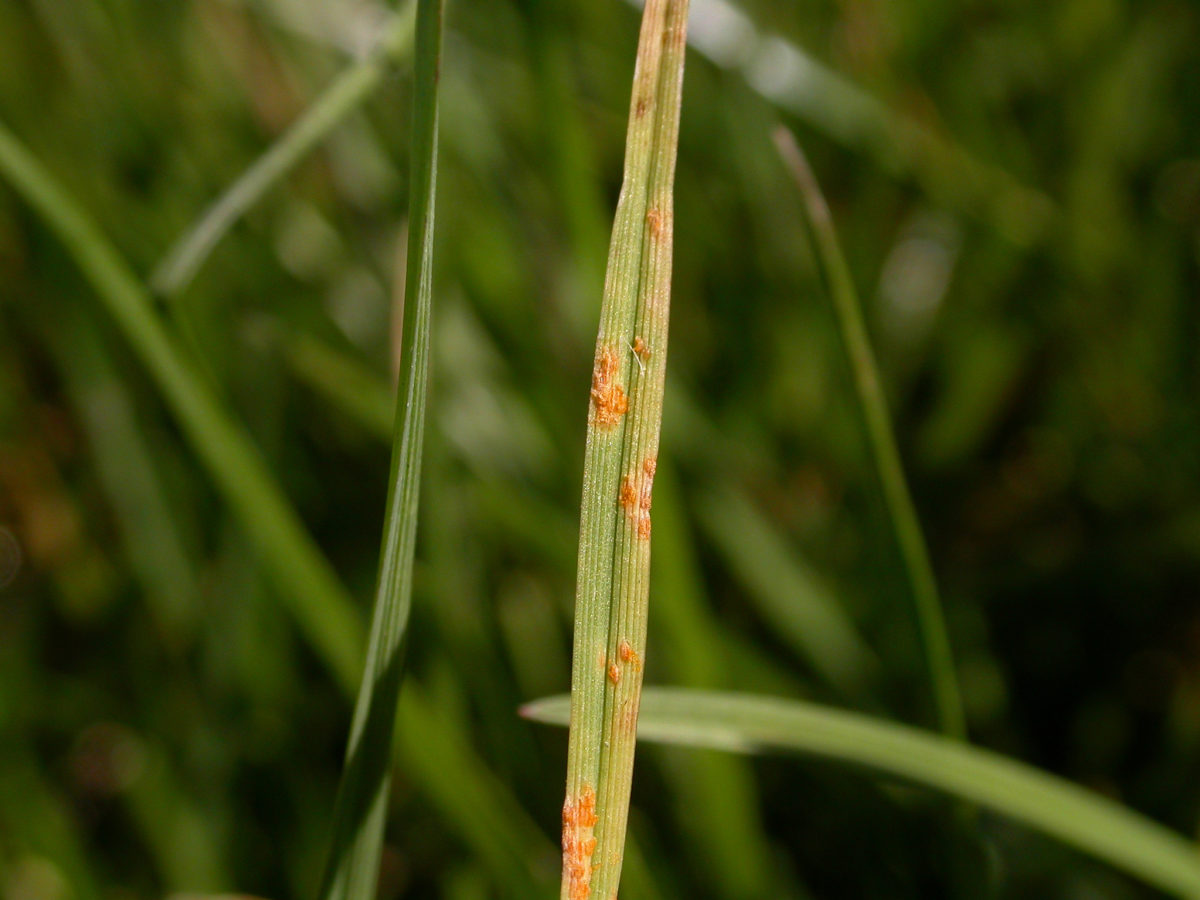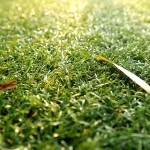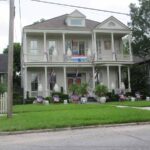
Check out our Nashville lawn care page to see rid your lawn of disease!
Southern pride is sure reflected in the lawns around Nashville. The charm of the city flows throughout the many neighborhoods where the streets are lined with well-maintained lawns. As lovely as the lawns are, they are more than decorative. They contribute to our physical and mental health. A healthy lawn improves the quality of the air and cuts down on noise pollution. It evokes feelings of serenity and lifts our spirits. So we want to keep our lawns healthy; however, there are diseases out there just waiting for the chance to move in. Our lawns can go from robust to feeble quickly if we aren’t watchful.
Here are five diseases common to Nashville lawns.
Brown Patch
Brown patch is among the most unsightly of lawn diseases. It starts out as a small patch and expands into a circular or horseshoe pattern up to three feet in diameter. An odd aspect of it is that, sometimes while it’s expanding, grass inside the circle recovered, and you have healthy grass inside the brown circle. You may also see circles of “smoke rings,” webs of fine, white filaments (mycelium) and dying grass when the disease is in high gear.
Brown patch occurs when the lawn is over-watered, over-fertilized and cut too short (less than three inches).
Dollar Spot
Dollar spot creates small, circular spots one to three inches in diameter (like a silver dollar). The grass within the spots may die all the way down to the soil, which leaves depressions in the lawn. Light tan lesions appear on the grass leaves; dark margins form around the edges when the disease gets really aggressive. When the lesions envelop taller grass, the upper part of the leaves die slowly, and you’ll see large patches of grass that appear bleached.
Dollar spot crops up when your grass is not getting enough nitrogen and the soil is dry.
Pythium
The first signs of pythium are usually small patches of your lawn that are dark or purplish. If you feel the grass, it’ll be greasy or slimy. The infected blades become light tan and shrivel up, and larger patches look like the early stages of dry wilt. As the patches grow, they overlap. Pythium is so lethal that in prolonged hot, humid weather, an entire stand of turf can be destroyed in one day.
Pythium strikes when nitrogen-deficient soil is too moist for too long.
Red Thread
There’s no mistaking red thread (aka pink patch) disease. It weaves through healthy grass, and your lawn will look raggedy. As the disease progresses, light pink to red strands (threads) a quarter-inch to an inch in length grow from the tips of the grass blades. Bits of the threads blow in the wind and spread the disease to healthy grass. It also spreads when the threads touch nearby blades.
Chances are, if red thread is present, it’s time to fertilize the lawn.
Rust
Rust begins with small yellow flecks that elongate into yellow areas with raised centers. The raised areas erupt, releasing masses of rust-orange spores. The spores infect the grass, and your entire lawn could be rust colored. The spores are very light and are carried long distances by the wind. No lawn, no matter how well kept, is safe from them. The infected plants turn yellow, become weak and most often die.
Rust usually starts in shaded areas of the lawn during hot humid weather.






